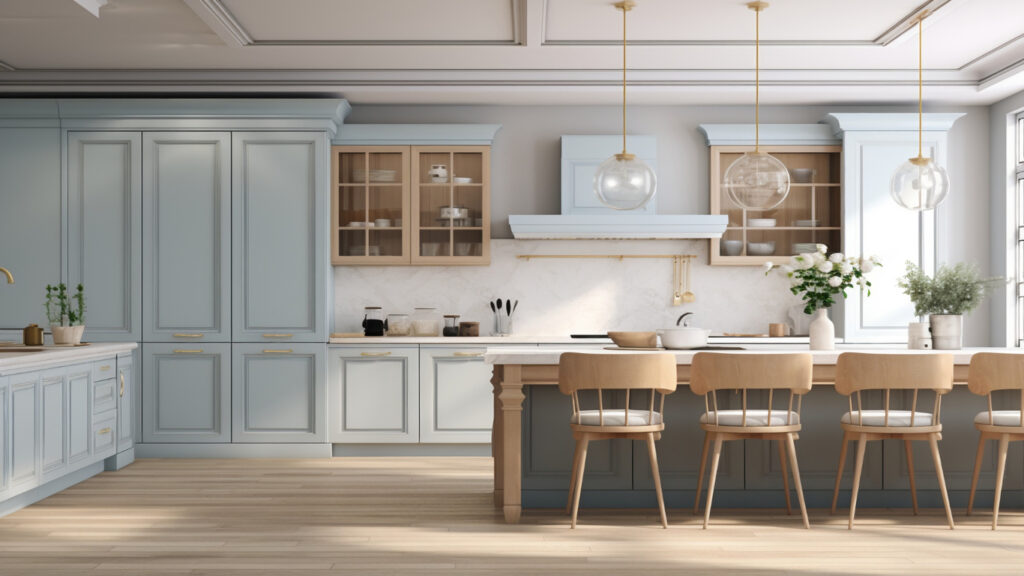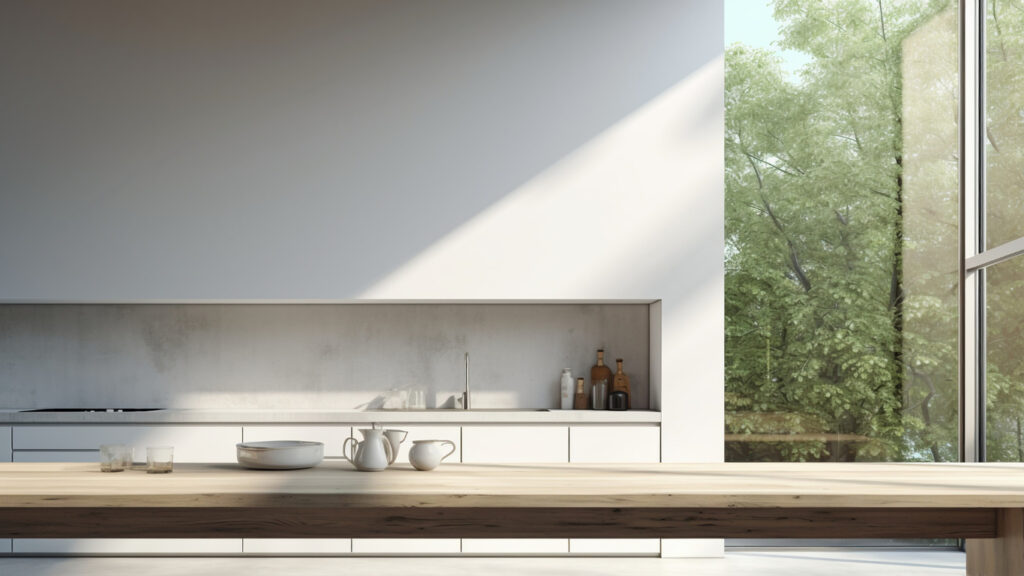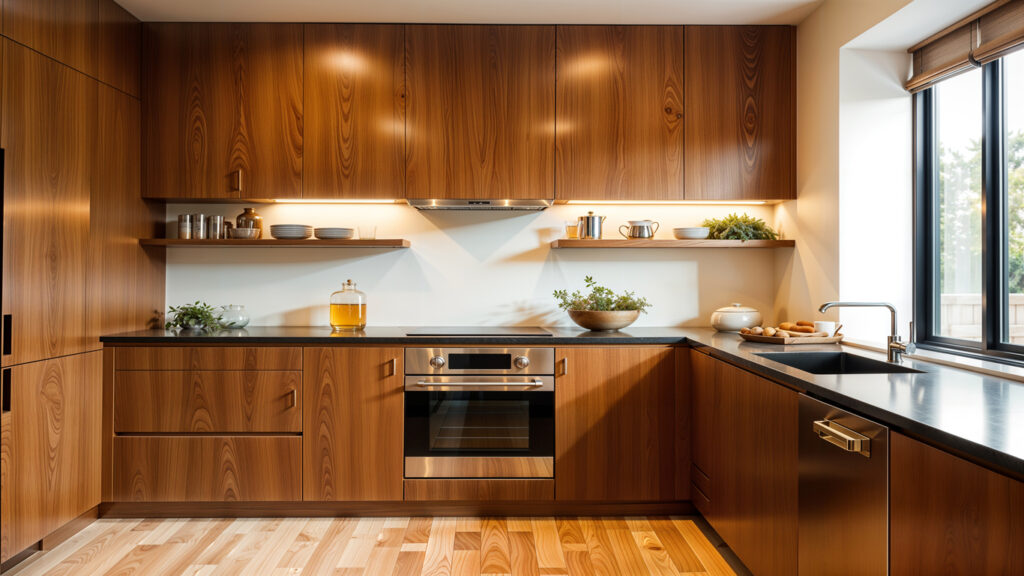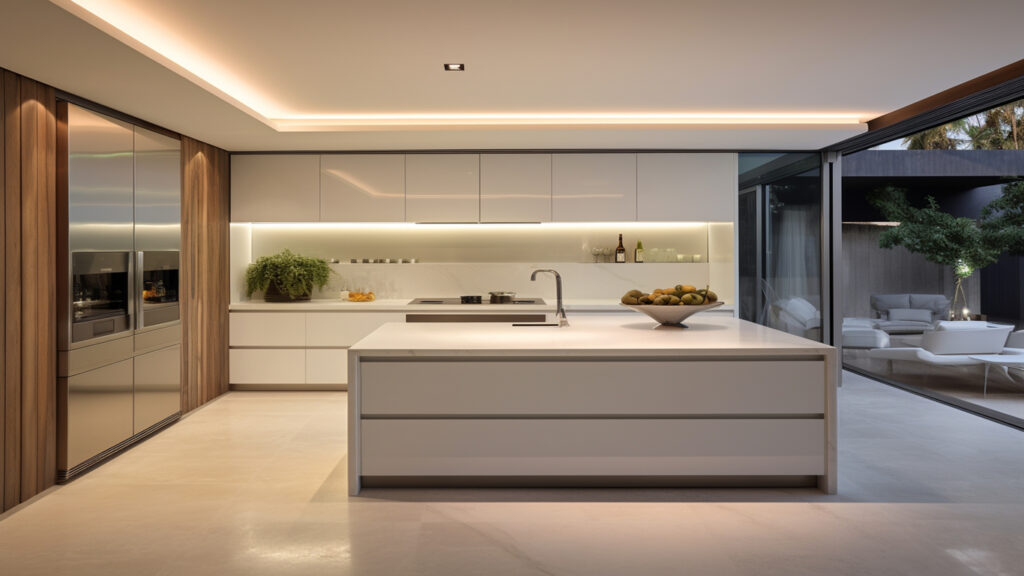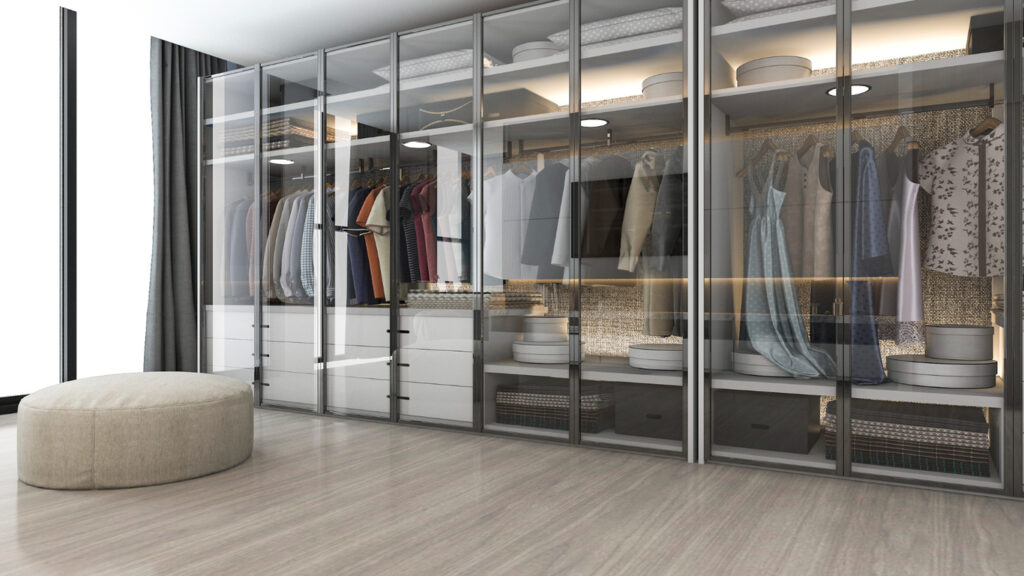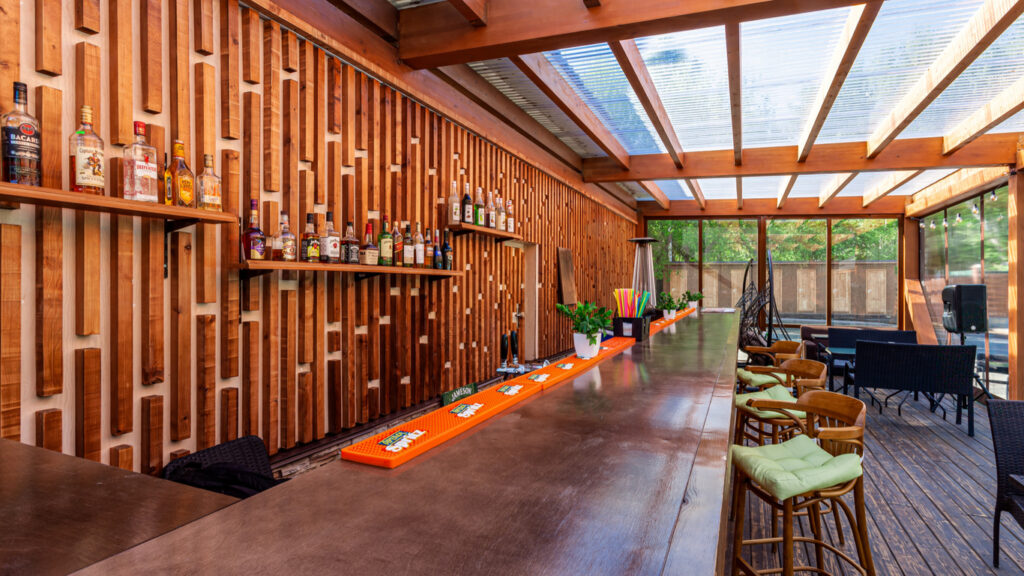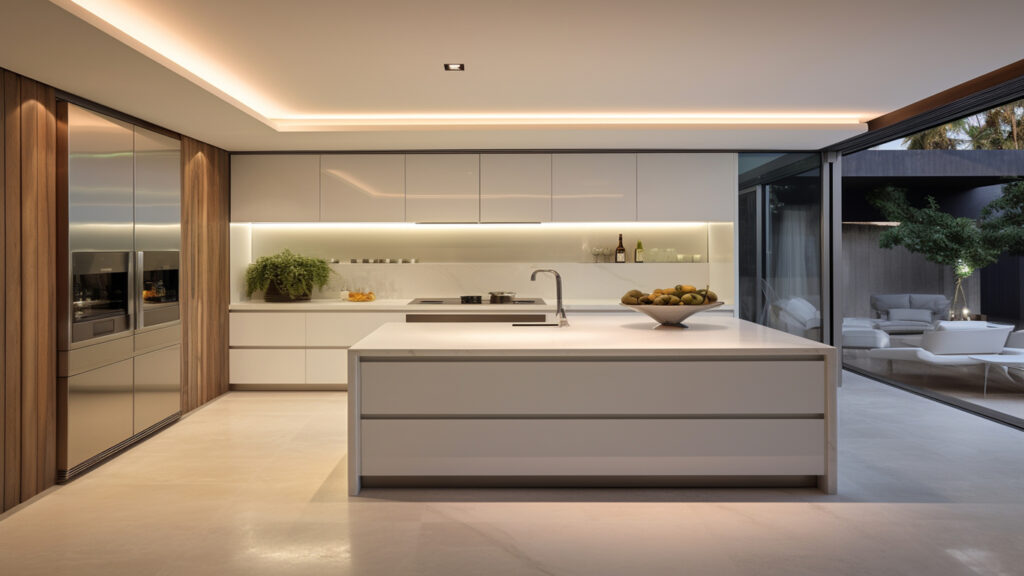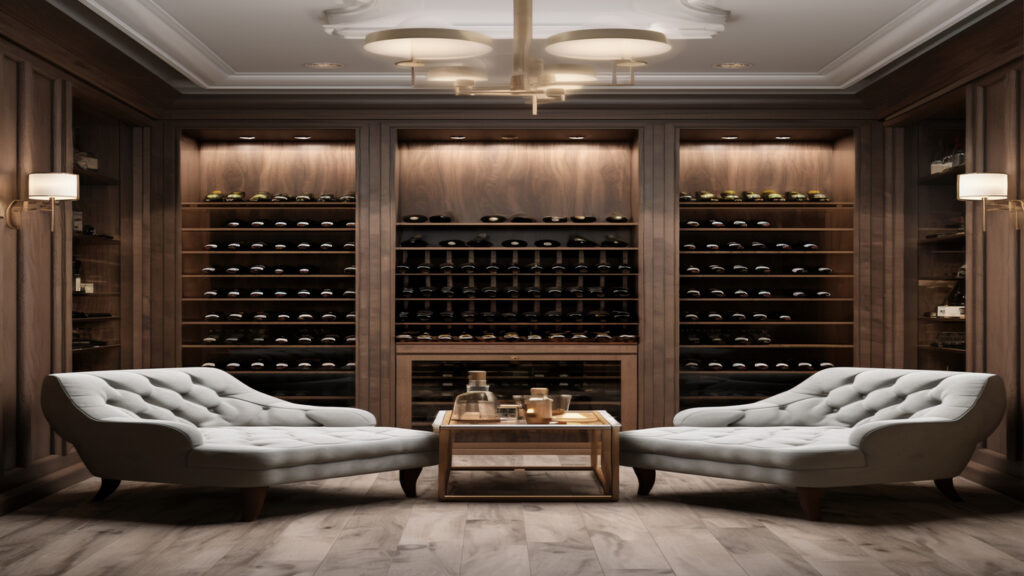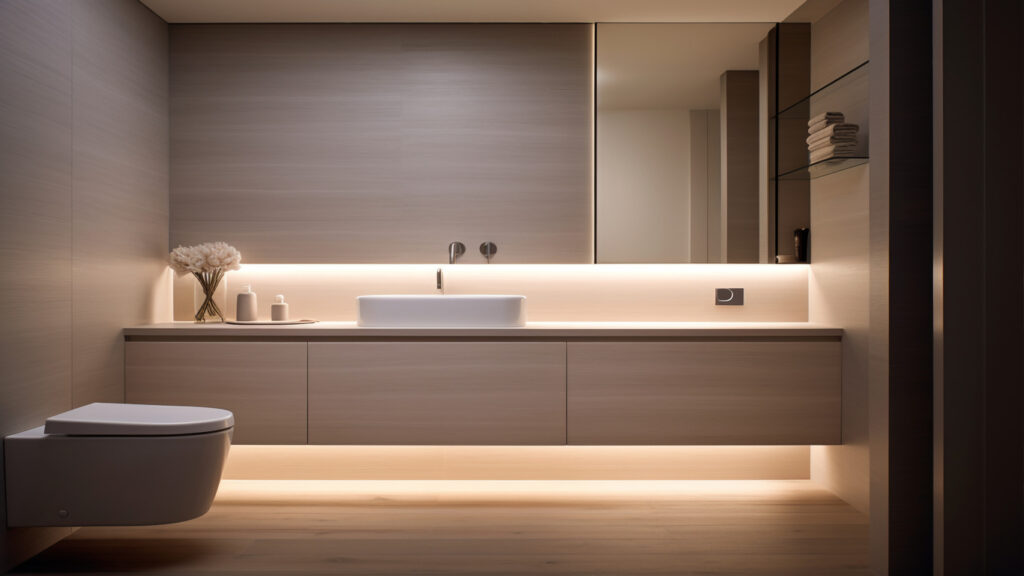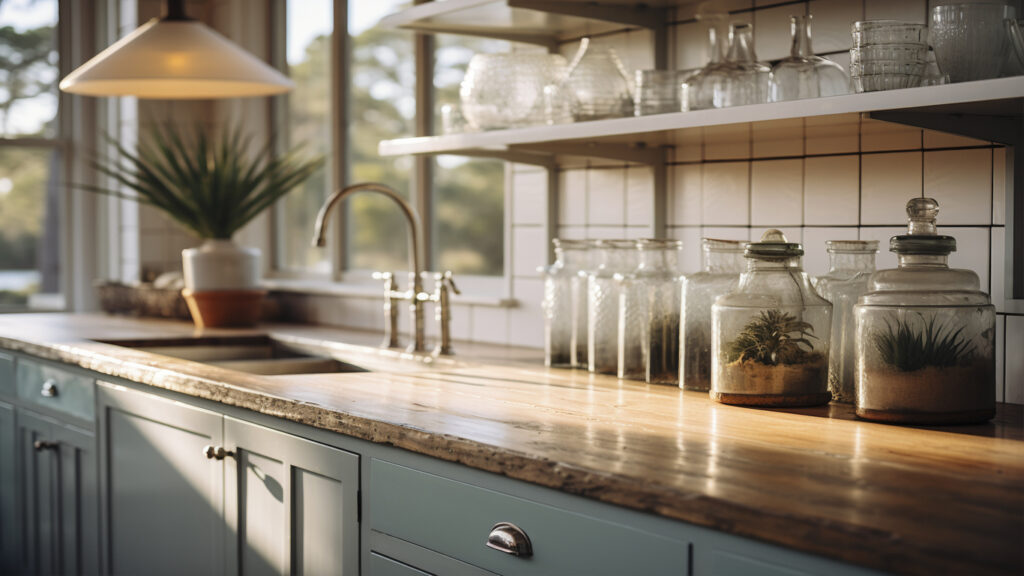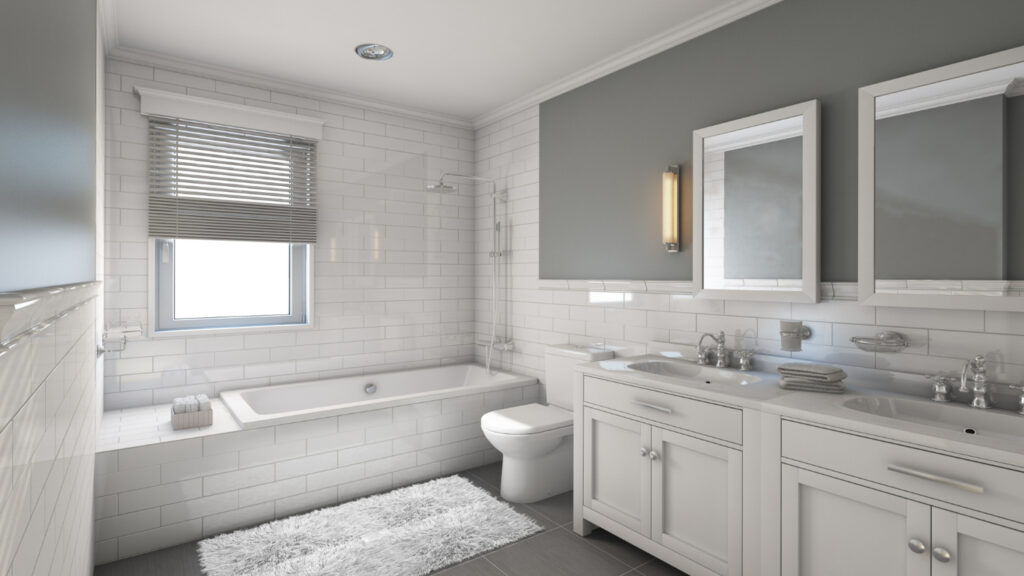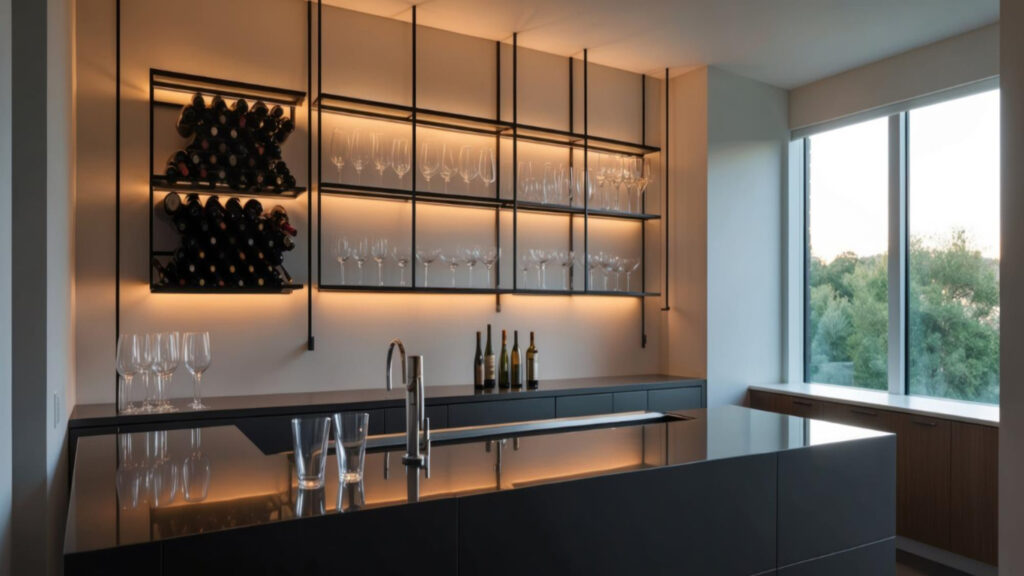Blog
Understanding the Cost of Cabinets: Factors That Influence Pricing
When planning a kitchen renovation or designing a new space, one of the biggest considerations is the cost of cabinets. Cabinets are a crucial part of both the functionality and aesthetic appeal of a kitchen, but their pricing can vary widely based on several factors. Whether you’re considering custom kitchen cabinets or pre-made options, understanding what influences their cost can help you budget effectively and make informed decisions.
Understanding the Cost of Cabinets
At Woodyart, we know that homeowners want high-quality cabinets that fit their style and budget. In this guide, we’ll break down the key factors that impact kitchen cabinet pricing, helping you navigate your options without any surprises.
Materials and Construction Quality
One of the most significant factors affecting the cost of kitchen cabinets is the materials used. Cabinets can be made from a variety of materials, each with its own advantages and price range.
Common Cabinet Materials:
- Solid Wood – Known for durability and a premium look, solid wood cabinets tend to be on the higher end of the price spectrum.
- Plywood – A strong and stable material that provides excellent support, making it a mid-range option.
- Medium-Density Fiberboard (MDF) – A more affordable choice with a smooth finish, often used for painted cabinets.
- Particleboard – A budget-friendly option that is commonly used in mass-produced cabinets.
The construction method also plays a role in determining how much kitchen cabinets cost. Handcrafted cabinets with dovetail joints and reinforced frames will cost more than cabinets made with basic assembly techniques.
Customization and Design Complexity
If you’re opting for custom kitchen cabinets, be prepared for a higher price due to the labor and expertise involved in crafting unique designs. Custom cabinets are tailored to fit your space perfectly, offering a range of personalization options that can impact the final cost.
Factors That Increase Cabinet Costs
- Unique Sizes & Shapes – Non-standard dimensions require more precise work, increasing production costs.
- Special Finishes – Stained, glazed, or distressed finishes add a premium touch but also raise the price.
- Decorative Details – Intricate carvings, glass panels, and built-in lighting can add to the final cost.
- Hardware Selection – High-quality hinges, soft-close drawers, and luxury handles contribute to the overall budget.
For homeowners who want a high-end kitchen, custom cabinets prices will be significantly higher than stock options. However, they also offer the advantage of durability, superior craftsmanship, and a unique aesthetic.
Installation and Labor Costs
The cost of new kitchen cabinets is not just about the cabinets themselves—it also includes labor and installation fees. Whether you hire a professional installer or choose to install cabinets yourself, these factors will affect your total expenses.
Labor Costs Depend On:
- Complexity of the Installation – A simple replacement of existing cabinets will cost less than a full remodel that involves structural changes.
- Professional vs. DIY Installation – Hiring experts ensures quality results but comes with additional costs.
- Location and Accessibility – Installation costs vary based on geographic location, with urban areas often having higher labor rates.
If you’re in Canada, using a kitchen cabinet cost calculator Canada can give you an estimate of installation expenses based on your region.
Market Trends and Supplier Pricing
The overall kitchen cabinets prices can also be influenced by supply chain factors, material availability, and market demand. For example:
- Fluctuating Material Costs – Wood prices and other raw materials can change based on market conditions, impacting how much will kitchen cabinets cost in a given year.
- Brand Reputation – Well-known cabinet manufacturers often charge more for their reputation and quality assurance.
- Retailer vs. Custom Shop – Buying from a large home improvement store may be cheaper than working with a specialized cabinet maker, but customization options may be limited.
When budgeting, it’s always wise to compare the average cost of kitchen cupboards from different sources to find the best value for your needs.
Conclusion
Understanding the cost of cabinets requires looking beyond just the price tag. Factors like material choice, customization, labor, and market conditions all play a role in determining how much do kitchen cabinets cost. While custom cabinets offer unparalleled quality and design, stock and semi-custom options can also provide great value depending on your budget.
At Woodyart, we help homeowners make the best choices for their kitchens, offering high-quality craftsmanship and designs that suit every price range. Whether you’re planning a full kitchen renovation or just upgrading your storage, knowing these factors will help you make a smart and cost-effective decision.
Frequently Asked Questions (FAQs)
1. What is the average cost of kitchen cabinets?
The average cost of kitchen cabinets varies depending on factors like material, size, customization, and installation. While stock cabinets tend to be more affordable, custom-made options will cost significantly more due to craftsmanship and design flexibility.
2. How much do custom kitchen cabinets cost compared to stock cabinets?
Custom kitchen cabinets cost more than stock cabinets because they are designed to fit your space perfectly, use higher-quality materials, and involve more labor. Stock cabinets are mass-produced and offer fewer customization options but are a budget-friendly alternative.
3. What factors influence the cost of new kitchen cabinets?
Several factors impact the cost of new kitchen cabinets, including:
- The type of material (solid wood, MDF, plywood, etc.)
- Customization level (stock vs. custom-built)
- Installation fees and labor costs
- Design complexity (special finishes, built-in lighting, glass panels, etc.)
- Brand and supplier pricing
4. How can I estimate the cost of my kitchen cabinets?
If you’re in Canada, a kitchen cabinet cost calculator Canada can help you get a rough estimate based on material, size, and installation requirements. Alternatively, you can request quotes from multiple cabinet suppliers to compare prices.
5. How much do kitchen cupboards cost compared to base and wall cabinets?
Kitchen cupboards, base cabinets, and wall cabinets all vary in price depending on materials and design. How much kitchen cupboards cost depends on their size, storage features, and whether they are custom-made or pre-manufactured. Typically, base cabinets are more expensive due to their size and structural requirements.
6. Does the price of cabinets change over time?
Yes, kitchen cabinet prices fluctuate based on factors like material availability, market demand, and economic conditions. If wood prices rise, for example, expect cabinet costs to increase as well.
7. Are installation costs included in cabinet pricing?
In most cases, the cost of cabinets does not include installation. Professional installation is an additional expense and depends on factors like labor rates in your area, project complexity, and whether you need modifications to your kitchen layout.
8. How can I save money on new kitchen cabinets?
To stick to your kitchen cabinets budget, consider:
- Choosing semi-custom or stock cabinets instead of fully custom ones
- Selecting mid-range materials instead of premium hardwoods
- Comparing multiple suppliers for the best deal
- Handling installation yourself (if you have the skills)
9. Are custom cabinets worth the investment?
If you want a unique, high-quality kitchen that perfectly fits your space, custom cabinets prices are worth it. They offer better durability, storage efficiency, and aesthetic appeal compared to mass-produced options.
10. How do I choose the right cabinets for my budget?
Start by determining your priorities—whether it’s durability, design, or affordability. Compare the average price for kitchen cabinets across different styles and materials, and consult with professionals to find the best balance between cost and quality.

